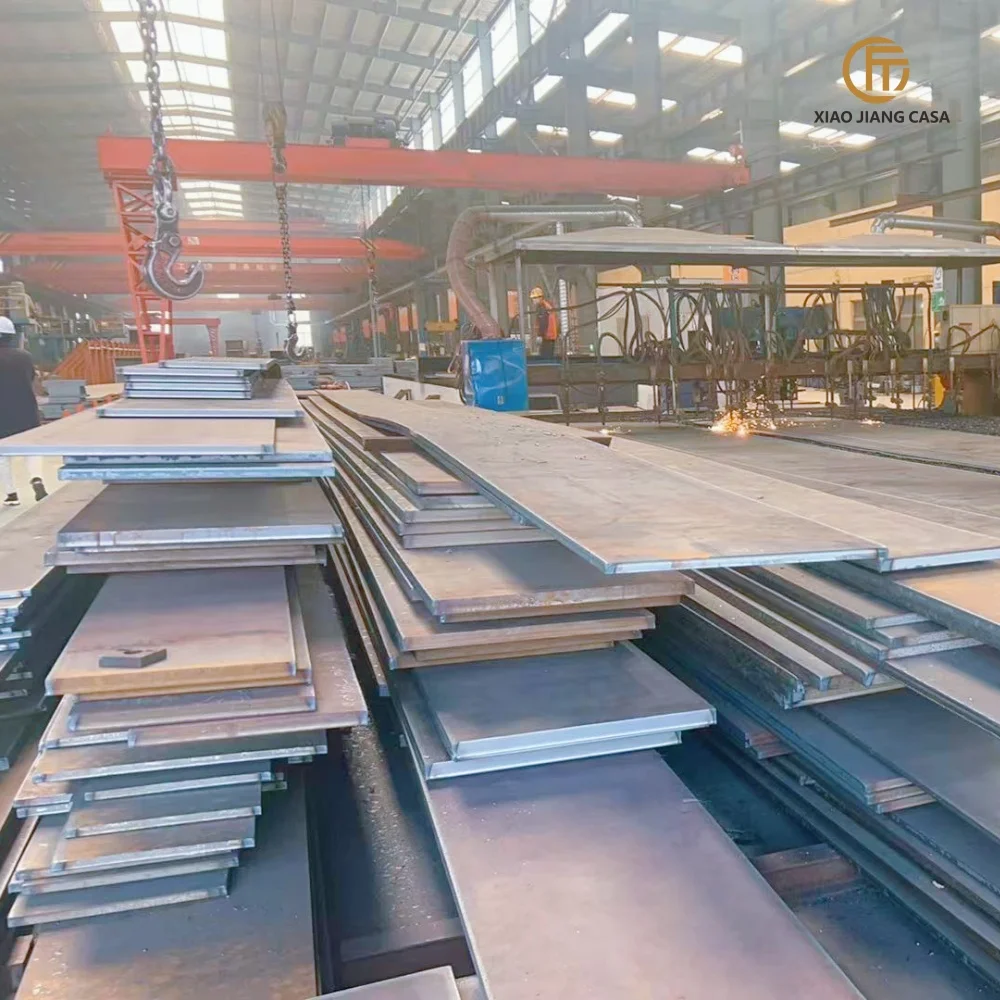All-weather portable houses are rugged, durable structures designed to withstand extreme climatic conditions—from scorching heat and heavy rainfall to freezing temperatures and high winds—while maintaining comfort and functionality for occupants. These houses are engineered with robust materials and construction techniques that prioritize weather resistance, making them suitable for diverse environments, including remote wilderness areas, coastal regions, mountainous terrain, or regions prone to storms. The exterior typically features reinforced frames (steel or aluminum) that resist corrosion and structural damage, paired with cladding materials like galvanized metal, fiber cement siding, or impact-resistant panels that repel water, resist rot, and reflect heat. Roofing is heavy-duty, often made of metal or rubber membrane systems with steep pitches to shed snow and rain efficiently, while sealed seams and weatherstripping around doors and windows prevent water infiltration. Insulation is a key component, with high-performance materials (spray foam, rigid foam boards) installed in walls, ceilings, and floors to maintain consistent indoor temperatures regardless of external conditions—keeping interiors cool in summer and warm in winter. Windows and doors are impact-resistant, with double or triple glazing to insulate against temperature extremes and withstand strong winds or flying debris. Ventilation systems are designed to reduce condensation, with ridge vents, gable fans, or heat recovery ventilators (HRVs) preventing moisture buildup that could lead to mold. All-weather portable houses also often include elevated foundations or skids to protect against flooding or ground moisture, and may feature tie-down systems to secure them in high-wind areas. Whether used as emergency shelters, field offices, research stations, or permanent residences in harsh climates, these houses combine portability with ruggedness, ensuring reliable performance and occupant safety in any weather condition.
